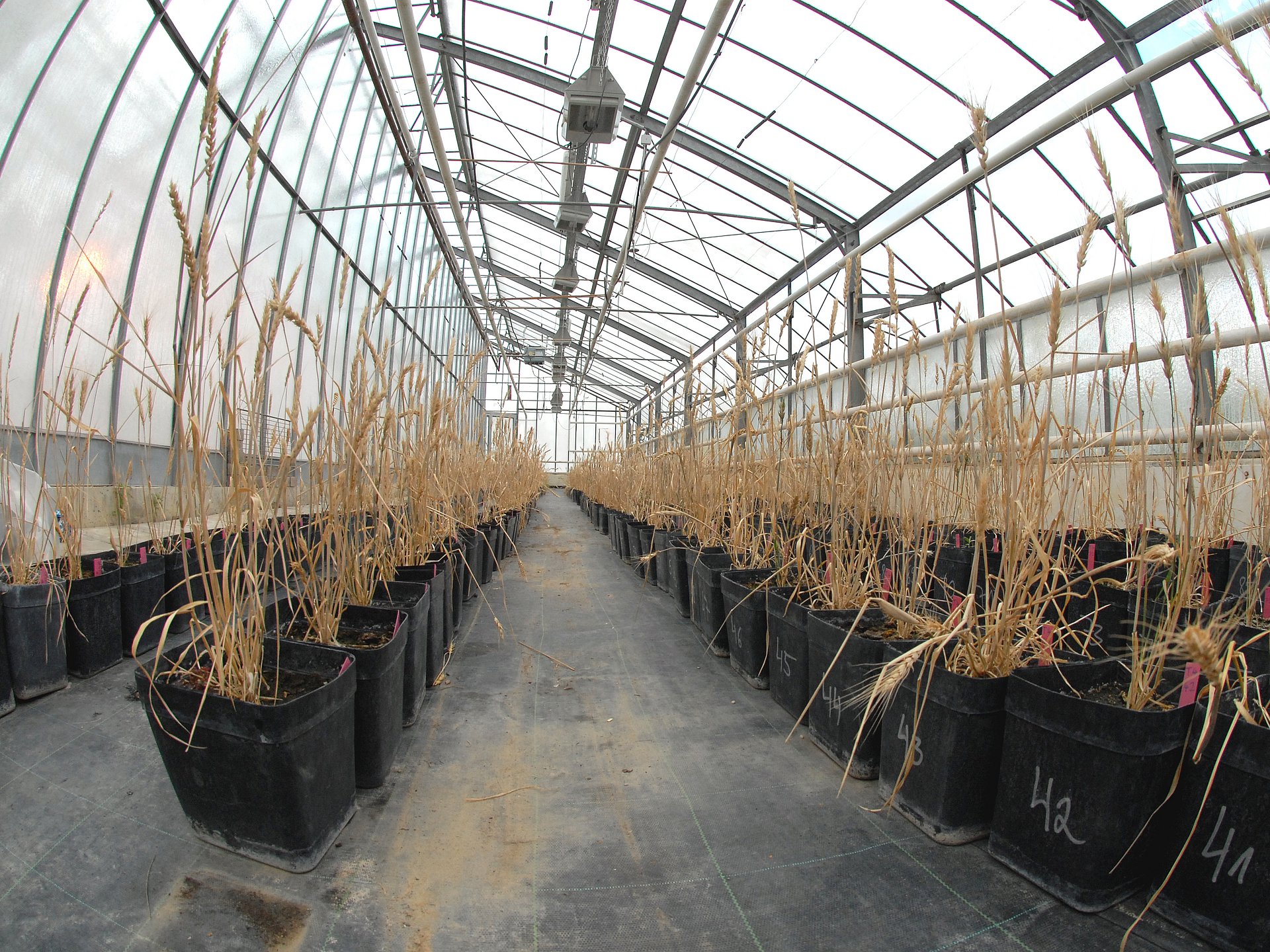Pest resistant maize
The natural resilience is in the genes

Caterpillars are gluttons – the larvae of the European corn borer (Ostrinia nubilalis) are particularly fond of the stalk pith of maize plants. When the corn borers gorge their way through the stalks the plants lose their stability and break as the ears become heavier. Nature has equipped maize with a protective substance against the small parasites: the benzoxazinoid DIMBOA. Unfortunately this substance, which is toxic for the European corn borer, is only produced in young shoots: mature plants have no protection whatsoever against the caterpillars.
Professor Alfons Gierl and his team from the Institute for Genetics at the WZW have now succeeded in unraveling the genetic basis of maize’s natural defense mechanism against the European corn borer. And it was high time, too. During its centuries-long selection process for maize strains humanity aimed first and foremost at high yields – with the consequence that in modern strains DIMBOA is produced only in young shoots.
The goal of the geneticists at the Center for Food and Life Sciences Weihenstephan is to prolong the period in which DIMBOA is synthesized in maize plants. Using modern plant genetics, the researchers isolated the specific genes responsible for DIMBOA production and have now unravelled the workings of the last unexplained step in the DIMBOA metabolic process. Armed with this knowledge they then set their sights on ways to apply this natural defense mechanism to modern maize cultivation.
The plant researchers sifted through archives of old maize varieties in pursuit of lines that maintain high DIMBOA concentrations in mature plants as well. They selected 26 promising candidates, which were then grown in a greenhouse and analyzed after three weeks. To the delight of the scientists the results of the experiment gave a very clear picture. The cell sap of lines B97 and Mo17 displayed significantly higher resistance than the remaining lines tested. Unfortunately, lines B97 and Mo17 could not compete with modern strains in terms of yield.
Thus, a third step is needed to combine the “self protection” trait with the “yield” feature. This is currently being done using classical plant breeding, where two maize lines excelling in these qualities are crossed. However, since the plant breeders use genetic analysis to determine precisely which chromosomes carry the relevant genes, the entire breeding process is accelerated significantly. The cultivation of maize strains capable of protecting themselves from the European corn borer will reduce the use of pesticides considerably.
In fact, this so-called “smart-breeding” procedure is revolutionizing plant breeding. Unlike green gene technology, where genetic material of plants or organisms is mixed across species borders, there is no political resistance to the new breeding process. Scientists at the Center for Food and Life Sciences Weihenstephan are therefore confident that fields of resilient maize strains are just around the corner. European corn borers will then have to find other sources of food.
Contact:
Prof. Dr. Alfons Gierl
Chair for Genetics
Technische Universität München
+49 8161 71-5640
gierl@wzw.tum.de